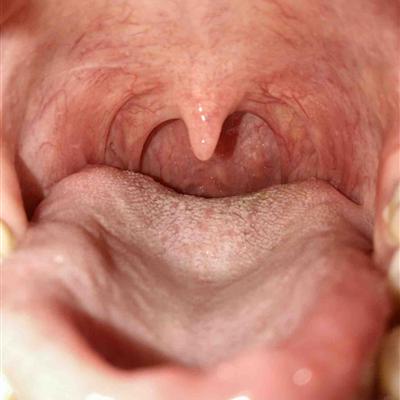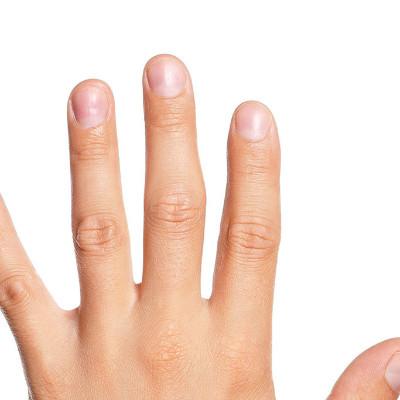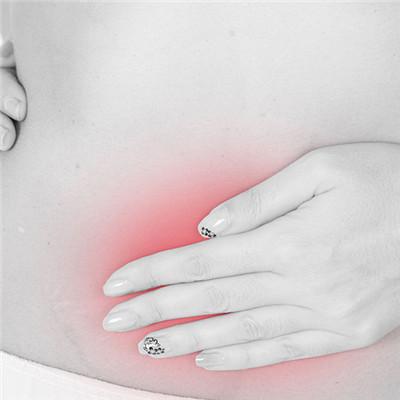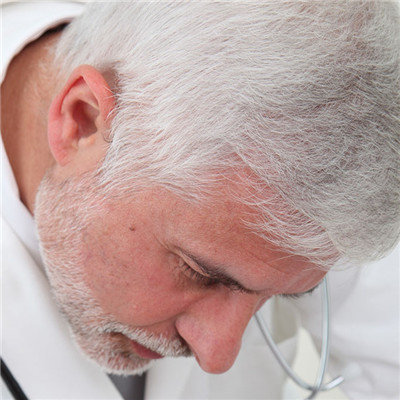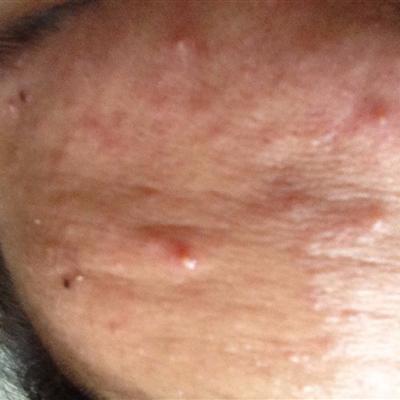How does traditional Chinese medicine treat fatty liver?
summary
Fatty liver is caused by abnormal fat metabolism in some human bodies, resulting in excessive fat accumulation in the liver, and more than 5% of the liver weight. Mild patients have no symptoms, some were found in the physical examination; Severe cases can appear hepatomegaly, liver pain or distending pain, general fatigue, nausea, anorexia and so on. TCM generally divides fatty liver into the following three syndrome types. How does traditional Chinese medicine treat fatty liver? Let's take a look at the corresponding symptoms and corresponding treatment.
How does traditional Chinese medicine treat fatty liver?
The first syndrome type is disharmony between liver and stomach: the symptoms are dull pain or distending pain in the liver area, chest tightness, excessive breathing, and less stomach tightness. Some patients are accompanied by nausea, oil aversion, light tongue, thin white fur, and stringy pulse. The principle of treatment is to soothe the liver, regulate qi and stomach. Traditional Chinese medicine prescription generally choose Chaihu Shugan powder or Xiaoyao Pill, 10 grams of Chaihu, 15 grams of Xiangfu, 12 grams of aurantium aurantii, 15 grams of Danshen, 10 grams of turmeric, 10 grams of Yujin, 12 grams of Pinellia ternata, 15 grams of Alisma orientalis, 15 grams of hawthorn, 30 grams of lotus leaf, one dose a day, decoction, three times a day.
The second syndrome type is dampness and heat of liver and gallbladder: the symptoms include distending pain in liver area, liver enlargement, depressed stomach, little food, bitter mouth, dry mouth, nausea, constipation, short and red urine, red tongue, yellow and greasy fur, and stringy pulse. When to Qingre Lishi, generally with Huanglian Wendan Decoction, medicine method pinellia, Alisma, Zhuru, aurantium, Coptis, Scutellaria, tangerine peel, Curcuma, Salvia miltiorrhiza, turmeric 12 grams each, lotus leaf 30 grams, licorice 5 grams, 1 dose a day, water decoction.
The third syndrome type is spleen deficiency and excess of dampness: liver discomfort, fatigue, lack of appetite, postprandial abdominal distension, or accompanied by chest tightness, nausea, loose stools, clear and long urine, light tongue, teeth on the edge, and fine pulse. It should be treated by invigorating spleen and removing dampness. General use Xiangsha Liujunzi and Pingwei Powder, prescription general Muxiang, Amomum villosum, Codonopsis pilosula, Poria cocos, Atractylodes macrocephala, tangerine peel, Atractylodes lancea, Magnolia officinalis, Alisma orientalis, dannanxing, raw Hawthorn each 10 grams, lotus leaf 30 grams, 1 dose a day, decoction, three times a day.
matters needing attention
Special attention should be paid to B-ultrasound or CT examination of fatty liver signs, but patients without any symptoms can use Cassia obtusifolia, Curcuma, raw hawthorn, Alisma orientalis, Salvia miltiorrhiza, lotus leaf, Panax notoginseng and other appropriate amount of water decoction. It is suggested that the patients should control the intake of fat and sugar, exercise more, and not sit and lie for a long time.

